
boatagainstthecurrent.blogspot.com Nazi Foreign Minister Joachim von Ribbentrop (left), Joseph Stalin (centre), and Soviet Foreign Minister Vyacheslav Molotov (right) at the signing of the non aggression pact in 1939The website would not exist without following people’s hard work and dedication:
Between 1936 and 1939 Joseph Stalin initiated a campaign of political, economic, and ideological repression against perceived domestic enemies. Sometimes called ‘The Great Terror’ this repression manifested in arrests on false charges, as well as a propaganda campaign legitimizing Stalin’s actions, and by extension his leadership. Though Lenin also used the tactics of terror and mass arrests to consolidate his power before Stalin, The Great Purge is unique for targeting members of the ruling Communist Party. The murder, imprisonment, or banishment of many prominent officials and generals left The Soviet Union unprepared for war with Germany.
The highest officials of the Soviet General Staff, including three of the five Marshals who held that rank in 1937 were killed during the purge, significantly weakening The Red Army’s ability to prepare and orchestrate a large scale war. Marshal Vasily Blyukher was killed in 1938, Aleksandr Yegorov in 1939, and Mikhail Tukhachevsky in 1937. Though all 3 were innocent, Tukhachevsky is significant because he was credited with modernizing The Red Army after the revolution. His theory of “Deep Operations” was adopted with great success by Gregory Zhukov at Khalklin Gol and throughout the eastern front in World War II. Between one quarter and half of the active Red Army Officers were killed during The Great Purge significantly weakening the Soviet Union’s ability to defend itself.
Nazi Germany invaded The Soviet Union on June 22nd 1941. Though World War Two began in September 1939, the two countries signed a non-aggression pact called the Molotov-Ribbentrop Pact in August 1939. Stalin was unprepared for war, relying on Hitler to keep the pact while engaged in The Winter War with Finland(1939-40), border skirmishes with the Japanese (Khalkhin Gol 1939), and internal military purges.
Though many assumed Germany would invade, The Red Army was far from ready. The German army march into Russia, codenamed ‘Operation Barbarossa’, leveled cities and occupied Belarus, Moldova, parts of Ukraine, Soviet controlled parts of Poland, and The Baltic States (Lithuania, Latvia, and Estonia). Nazi Germany used 3600 tanks and 4 million men for Operation Barbarossa. The Germans also laid siege to Leningrad before their advance stopped at Moscow and Stalingrad in December 1941.
All veteran interviews, from the veterans who saw active combat in WW2 refer to the fact that the Red Army was barely prepared for the start of the war. Much description is provided about the minimum amount of training they received, between 6 months to maximum a year, prior to being sent to the front. Here are some select examples: Nina Korovkina talks about operating with textbooks after being sent to work as a surgeon, Anatoly Schwartzman describes being sent to the front as a tank operator with less than 6 months training, Moisei Chernoguz tells an incredible story of being placed in charge of a platoon of ex convincts at the ge of 18. See all the veteran stories.
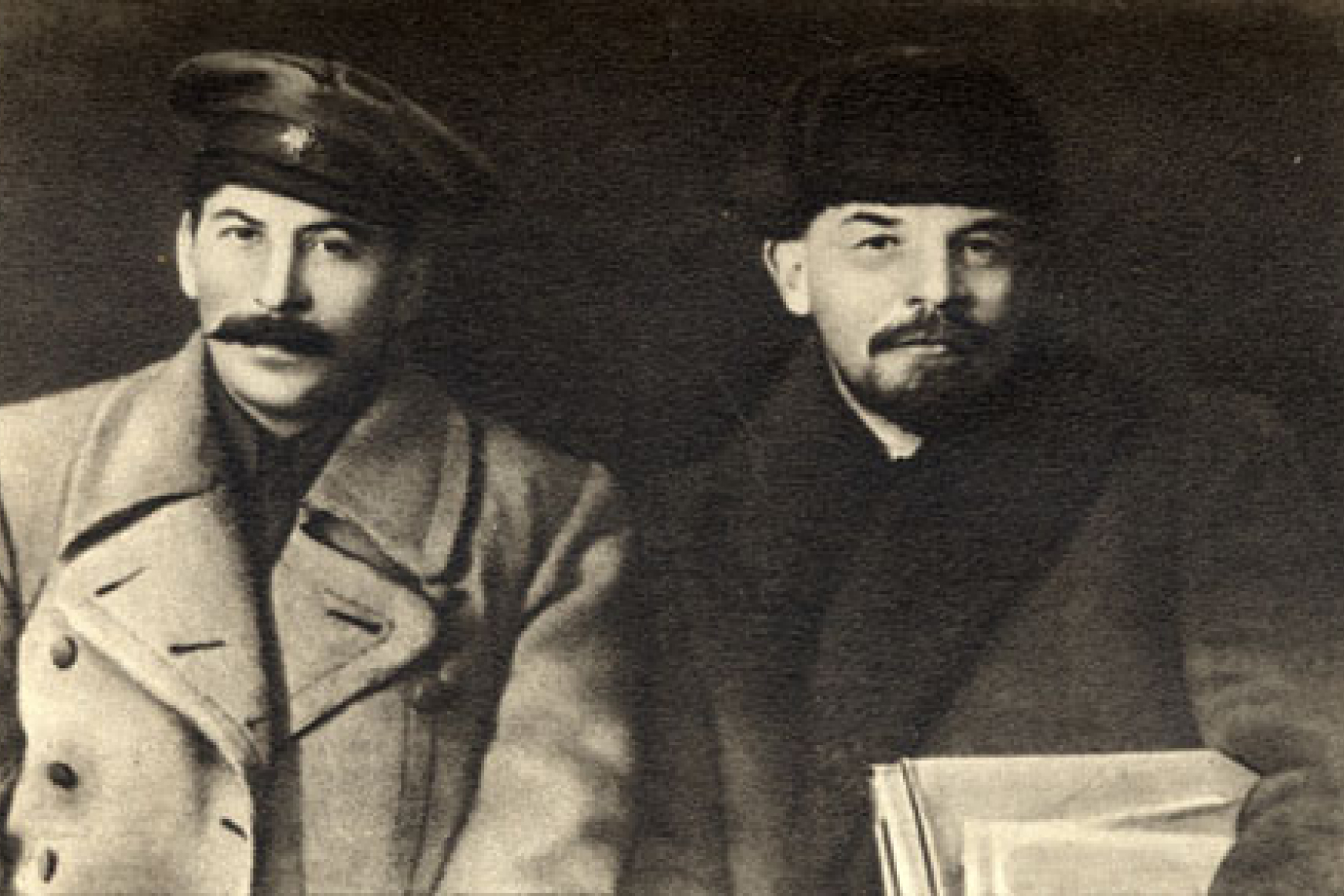
wikipedia.orgStalin (left) with Vladimir Lenin in 1919
Joseph Stalin was born in Georgia in 1878. After Lenin’s death in 1924 Stalin’s power increased, and after a series of political manipulations he became the country’s sole leader by 1928. Once in power, Stalin instituted economic reforms that centralized the economy through the nationalization of industry, rapid industrialization and forced agricultural collectivization.. These measures helped transform The Soviet Union from an agrarian country into an industrial power. They also resulted in famines and the suppression political enemies though imprisonment, deportation, and murder. His use of force to consolidate power culminated in The Great Purge from 1936-39. Stalin also centralized the Soviet political structure, taking a more direct role in military and economic affairs. By the end of the 1930s, adding “buffer” territories was a key part of his foreign policy. He signed a nonaggression pact with Nazi Germany in August 1939, which allowed The Soviet Union to annex The Baltic States, Bessarabia, and Northern Bukovina, then part of Poland. The non-aggression pact also made it possible for the USSR to invade Finland without German opposition.
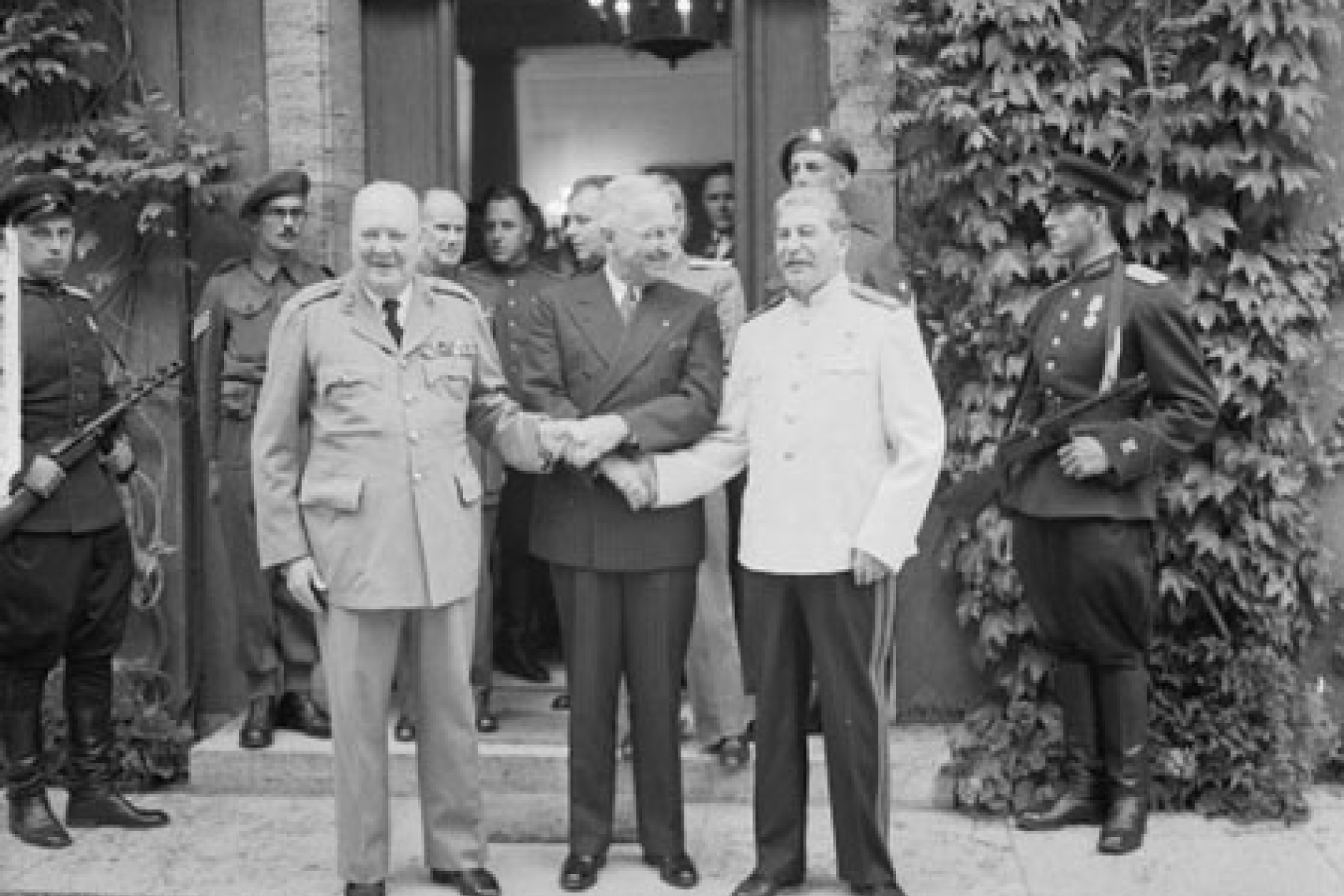
authentichistory.comStalin(right) with US President Harry Truman (centre) and British Prime Minister Winston Churchill (left) at The Potsdam Conference in 1945
Stalin was unprepared for the Nazi invasion in 1941. Diverting military resources to Finland and prosecuting senior Red Army leadership in The Great Purge left the country vulnerable to attack. The Red Army suffered heavy losses and many civilians were killed in the first months of the war. Though The Red Army was able to stop The German advance at Stalingrad and Moscow, some historians argue Stalin’s meddling in military decisions hindered Soviet operations. Stalin did not cede operational authority to his generals until 1943, after The Battle Of Kursk, when The Red Army began their advance into German territory. With the end of the war in sight, Stalin argued with allied leaders about dividing territory in post war Europe. Though he allowed Generals Zhukov and Konev autonomy in within their units, Stalin rushed The Red Army to cover as much ground as possible, resulting in The Soviet Union reaching Berlin before the other allies in 1945.
After World War II, Stalin led The Soviet Union into The Cold War against his former western allies. Poland, Czechoslovakia, Hungary, Romania, Bulgaria, the newly formed East Germany and—initially—Yugoslavia and Albania became Soviet satellite states, dividing Europe between east and west or communism and capitalism. Stalin supported Kim Il Sun in The Korean War against the west and to a lesser extent Mao Zedong in The Chinese Civil War against the American backed Nationalist Party. Stalin initially supported the State of Israel, but when Israel sided with the United States he turned violently against the newly formed state. His anti-zionist policies soon became anti-Jewish policies within the Soviet Union itself. He initiated campaigns against Soviet Jews, culminating in The Night of Murdered Poets and The Doctors Plot.
Stalin developed a cult of personality within the Soviet Union, which intensified after World War II. He continued his practice of consolidating power through fear and intimidation, resulting in regular deportations and arrests. Stalin died on March 5th 1953, officially of a stroke. Though he lead The Soviet Union into the industrial age and through World War II, in the West, Stalin is mostly remembered for causing the death of between 4 and 10 million people. His successor Nikita Khrushchev instituted a de-Stalinization policy that removed Stalin’s cult of personality, cut back on the use of terror, and dismantled much of the Gulag system.
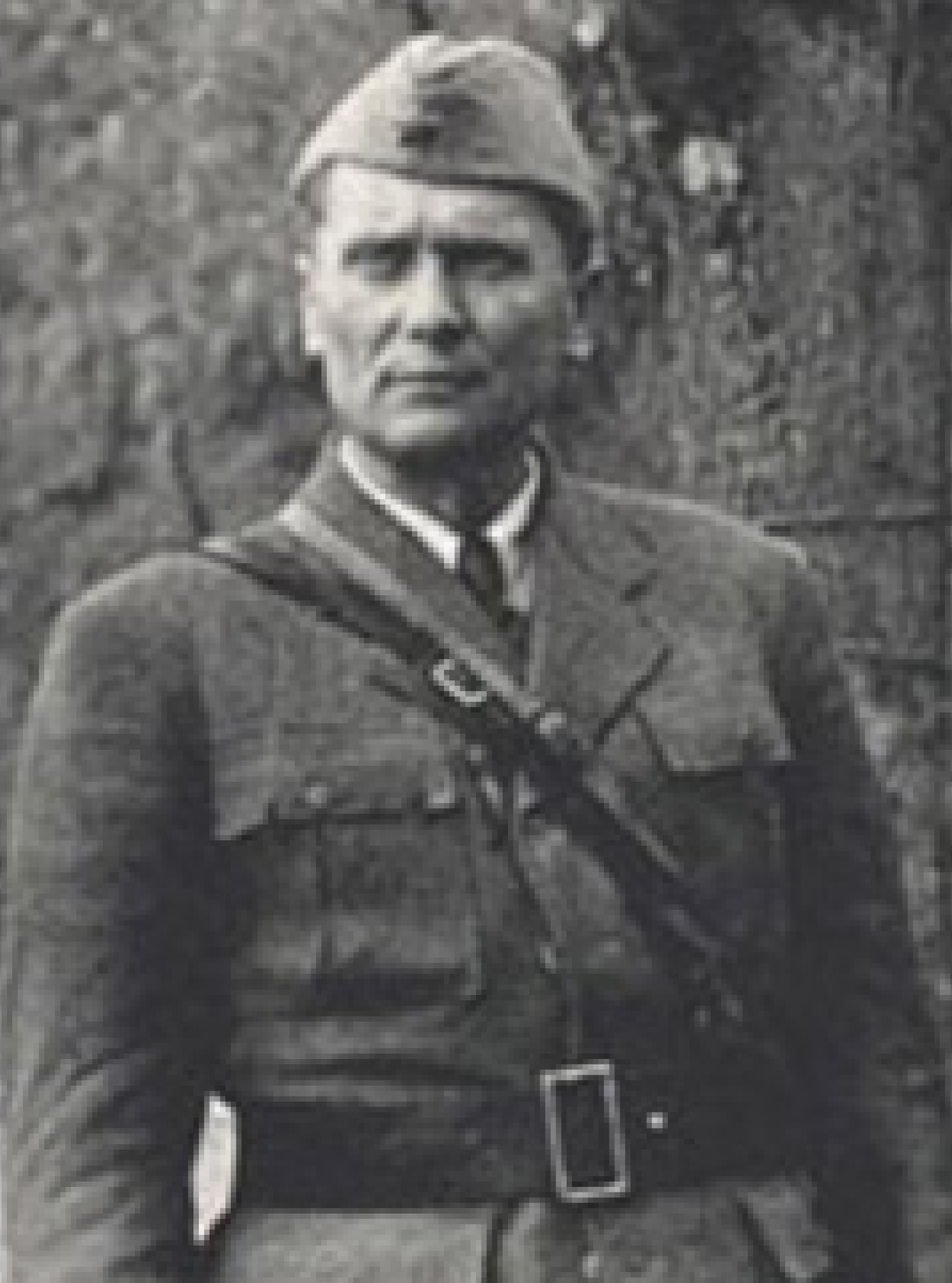
marxists.orgYugoslav Partisan leader Joseph Broz Tito
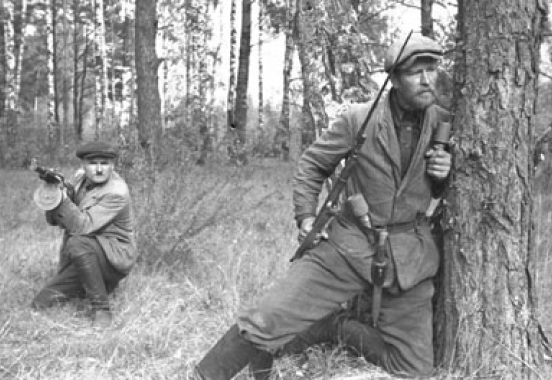
thriftyvintagechic.com
Joseph Stalin was born in Georgia in 1878. After Lenin’s death in 1924 Stalin’s power increased, and after a series of political manipulations he became the country’s sole leader by 1928. Once in power, Stalin instituted economic reforms that centralized the economy through the nationalization of industry, rapid industrialization and forced agricultural collectivization.. These measures helped transform The Soviet Union from an agrarian country into an industrial power. They also resulted in famines and the suppression political enemies though imprisonment, deportation, and murder. His use of force to consolidate power culminated in The Great Purge from 1936-39. Stalin also centralized the Soviet political structure, taking a more direct role in military and economic affairs. By the end of the 1930s, adding “buffer” territories was a key part of his foreign policy. He signed a nonaggression pact with Nazi Germany in August 1939, which allowed The Soviet Union to annex The Baltic States, Bessarabia, and Northern Bukovina, then part of Poland. The non-aggression pact also made it possible for the USSR to invade Finland without German opposition.
There were several underground movements in Poland. The Home Army and People’s Guard both fought to free Poland from German occupation, and provided some assistance to the Jews of Warsaw during The Warsaw Ghetto Uprising in 1943. Polish underground movements coordinated the Warsaw Uprising of 1944, a full scale revolt in the city of Warsaw a year after the uprising in the ghetto. Witold Pilecki, a member of the Polish Home Army infiltrated Auschwitz in 1940. He organized resistance within the camp and sent reports to his commanders on the outside, providing some of the first evidence to an international audience about the specific course of the Holocaust. Pilecki stayed in the camp for 3 years, before escaping in 1943 and participating in The Warsaw Uprising. He was killed in 1948 for working against the Soviet occupation of Poland. Jan Karski, another Polish Home Army member, also gathered evidence about the Holocaust by infiltrating the Warsaw ghetto and a camp in the Lublin area, then transported this information to the Polish government-in-exile in London.
Yugoslav Partisans are considered the most effective anti Nazi resistance movement. They coordinated with Soviet leadership and other allied countries early in the war, launching a successful campaign from 1941-45. The Yugoslav Partisans were a relatively large resistance movement and therefore engaged in more formal battles. They shared intelligence with The Red Army and were given supplies from several allied countries. They liberated Belgrade in 1944 as part of a joint operation with The Soviet Military. Their leader, Joseph Broz Tito became the President of Yugoslavia after the war until his death in 1980.
Mikhail Bass, Lev Pikus, Eugene Kats, Anna Khalyavskaya, Noah Shneidman.

Mikhail Bass
Born March 16th 1928 Mink, Belarus
Interviewed In: Toronto, Ontario
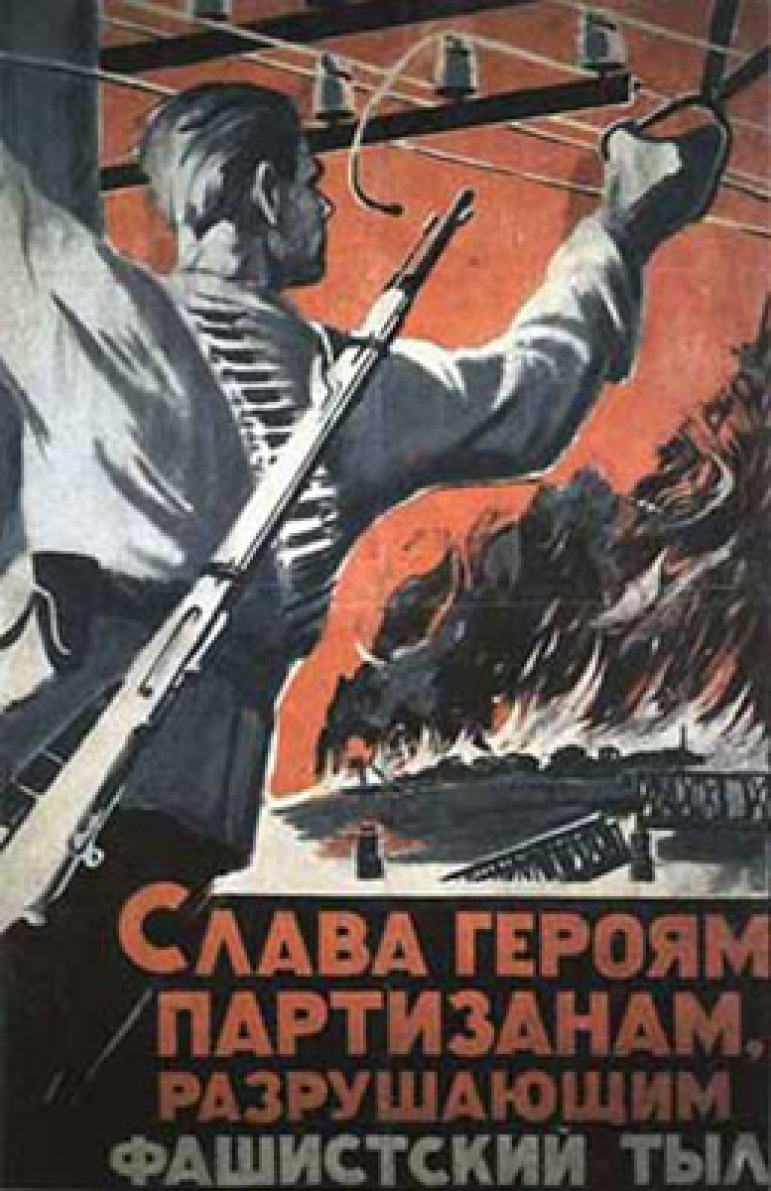
Most resistance movements would accept anyone who could provide their own weapon, though there are examples of Jews or other ethnic groups forming their own brigades within a larger partisan movement. In the occupied Soviet Union, Komosol activists sometimes mobilized their existing network into a resistance organization. The partisan movements in Belarus, Ukraine, and the Baltic States, fought the Germans from the moment their countries were occupied. There were also underground movements fighting against communism or Soviet rule, like The Latvian Forest Brothers and Ukrainian Insurgent Army.




*115 out of the 1643 people made Heroes of the Soviet Union during World War 2 were Jewish. The second highest decorated ethnic group despite Stalin’s decree not to award medals to Jews.
Many of the medals the veterans are wearing in their interviews are commemorative. There are “jubilee” medals celebrating the 20th, 30th, and 40th anniversary of the war, given to every Red Army and Partisan soldier still living at the time. Brezhnev created over 200 different anniversary medals, meaning some veterans have different medals for the 38th and 39th anniversary of a given battle.